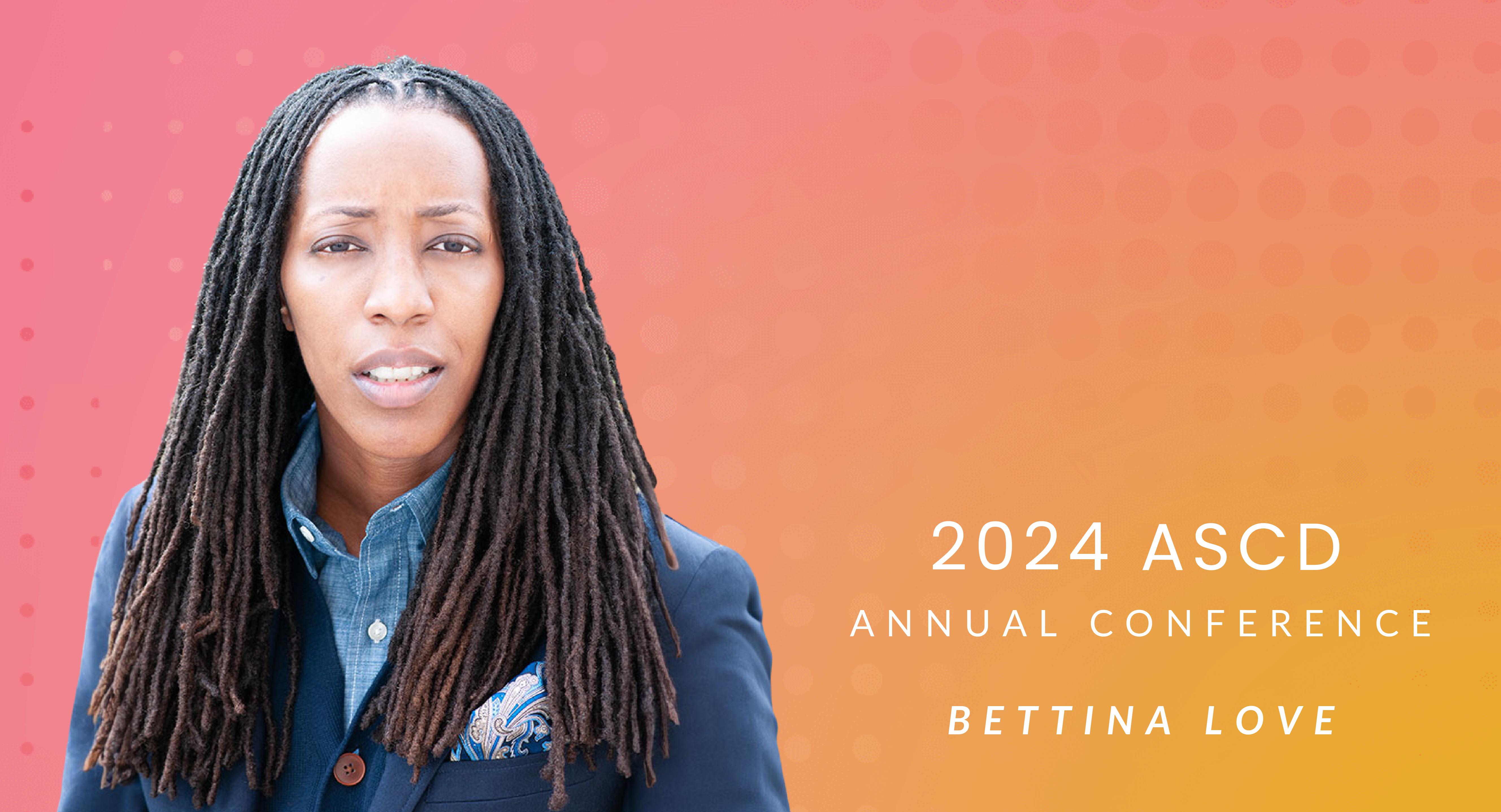In the wake of the recent incident at Starbucks where two African American men were wrongly arrested, many are curious about what racial bias training entails and whether similar training is evident in schools.
When it comes to training in classrooms there are several initiatives in the works. At Iowa State University, for example, faculty members, Dr. Daniel Spikes and Dr. Katy Swalwell, created a three-year partnership with Ames Community School District. The partnership addresses racial disparities and supports school leaders to develop a critical conscious lens, where we increase dialogue about issues of equity and structural change in our schools. They also provide the district training in how to meet their goals of helping students reach their potential and become global democratic citizens.
As a first-year principal in Ames, I had the opportunity to work with the leaders of this program. I was thrilled to work with Dr. Spikes again because I had the privilege of working with him as a graduate student where I began my journey as an instructional leader for equity. During our training sessions with Dr. Daniel Spikes and Dr. Katy Swalwell, the goal was to create a common understanding of cultural competency. School leaders collaborated monthly to engage in conversations where we have the opportunity to heighten our awareness about institutional oppression and how a lack of critical consciousness can lead to the perpetuation of all forms of oppression.
We participated in numerous awareness activities to address our relationship with culture, community, equity, and race. For me, it allowed me to reflect on my identity and beliefs to help me understand who I am and the path that led me to my role as a principal. Through a cultural autobiography assignment, it was evident that my background, experiences, and privilege impact how I interact with others, teach students, and lead my staff. It became clear that I had to expand my thinking, and welcome multiple perspectives to help make equitable decisions.
Through reading literature, continuing awareness activities, and engaging in dialogue, daily forms of bias, discrimination, and inequity became apparent. Once I developed a level of critical consciousness, it was difficult to ignore. It is now my responsibility to respond and take action through dialogue, leading professional development, and giving families a voice in their child’s education. Through an equity audit, which is a tool that is used to collect, analyze, uncover, and change inequities, I knew it was crucial to focus on the “gaps” and making a true authentic change.
It is my goal and responsibility to support staff in providing every student every opportunity to succeed. Students need to learn how to listen to one another, and it begins with an understanding of what an equitable learning environment looks like for all students. I not only want equitable instruction but equitable student achievement; so it is vital that we work together to reveal the multiple layers of the traditional curriculum, instruction, and opportunities that have perpetuated inequities.
Next year, cultural competency training will expand in our district, and as a leader, I will continue to develop my school’s vision to ensure we are moving forward in ensuring all students feel safe, engaged, and are learning. It is critical that we challenge each other by holding each other accountable, asking hard questions about inequities that exist in our district, and to develop our critical conscious lens.
As more people develop an understanding of bias, discrimination, and inequity in our ever-changing world, my hope is that people slow down, listen, and learn from one another regardless of class, race, gender, or ability. It is time to engage in dialogue about why the world is the way it is and how we can work together to make it better.








